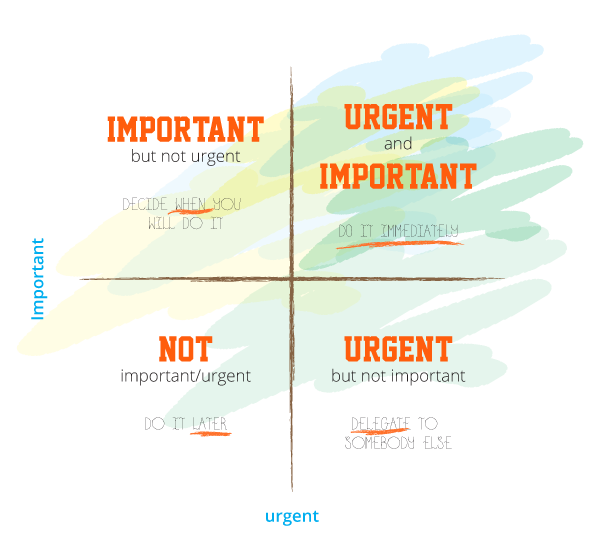A renowned business magnate Warren Buffett once said: ”You only have to do a very few things right in your life so long as you don’t do too many things wrong.”
We hope he doesn’t mind us slightly retouching his phrase. Though we absolutely agree with his aphorism, we feel it speaks more truth.
[Tweet “You only have to do 20% things right so long as they accomplish 80% of results”]
It’s not as catchy, sure. But we have an influential Italian economist to back us up on this one. This is not the first time we speak about Vilfredo Pareto guest on our blog, so we won’t focus on the man too much.
Instead, let’s talk about his legacy.
The Pareto 80/20 Rule
The Pareto 80/20 rule, which states that 80% of the effects come from 20% of the causes, applies to economy just as well as it does to time management and any other field of work. The trick is not to get bogged down by numbers and percentages but understand the core law of the Pareto 80/20 rule. That is, the distribution of cause and effect.
Applying the 80/20 Rule
Mike Michalowicz, author of Pumpkin Plan, has a very simple action plan he based on the Pareto 80/20 rule. He says that 20% of our customers make up 80% of our business. If you spread your resources and attention evenly among all of your customers, you’re going to end up with a very inefficient business.
To maximize your output and profit, you just have to focus on customers who matter most.
While not a rocket science, composing your to-do list offers some potential pitfalls to watch out for. Somehow, many get the wrong idea that you have to commit 100% to what you wrote down. Truth is, pen is mightier than a sword, but eraser is mightier still.
Eisenhower Matrix
Take note of Eisenhower Matrix. If you think its name comes from the 34th President of USA Dwight D. Eisenhower, you are actually 100% on the mark. Eisenhower famously said: “I have two kinds of problems, the urgent and the important. The urgent are not important, and the important are never urgent.”
Not only will Eisenhower Matrix help you feel in presidential shoes, they help you assess what you should
As you can see, there are 4 quadrants in this matrix. Starting clockwise, Quadrant 1 is named Urgent and Important. Those are the things you should do right now. They can be unexpected, so be ready to reschedule something to open up a time slot.
Quadrant 2, Urgent but Not Important, lists items that you should delegate or reschedule. It’s not up to you to do them. Instead, you can train other people to solve them.
Quadrant 3 is Not Urgent but Important. You have to spend enough time to do this things, or they will become urgent. Items in Quadrant 4, Not Urgent and Not Important, are simply distractions. Ignore them or drop them altogether.
Decide which of your task belong to whichever quadrant, and half of your work is already done! You can even use it together with Weekdone to maximize your results.
If Eisenhower Matrix feels like too much work, although it really isn’t, you can check out solutions for more time-strapped minds. For example, in his article called The Unimportance of Practically Everything, Greg McKeown offers this simple plan:
- Write down your top six priorities for tomorrow.
- Cross off bottom five.
Again, your ability to delete things from your to-do list is the core mechanic of the Pareto 80/20 rule as well as OKR system. So take your eraser out and get busy.
Geoffrey James recommends something to that effect in his article The Suprising Secret to Time Management. He devised a formula to help you find a priority of your task. First, you rank every individual item by the amount of effort they require and the results they can provide. Both ranks go from 1 to 10, with 1 signifying the least effort or the lowest result.
Then, divide the effort by the result, and you will get a priority value. The lower the priority, the higher this item should be on your list.
For example, if preparing a presentation takes medium effort (4) and provides unsatisfactory results (2), its priority is 2. Instead, you should concentrate on writing a status report that takes slightly more effort (5) but leads to the highest results (10).
We at Weekdone enjoy seeing our efforts turn into great results for our number 1 priority – you, our dear users.
